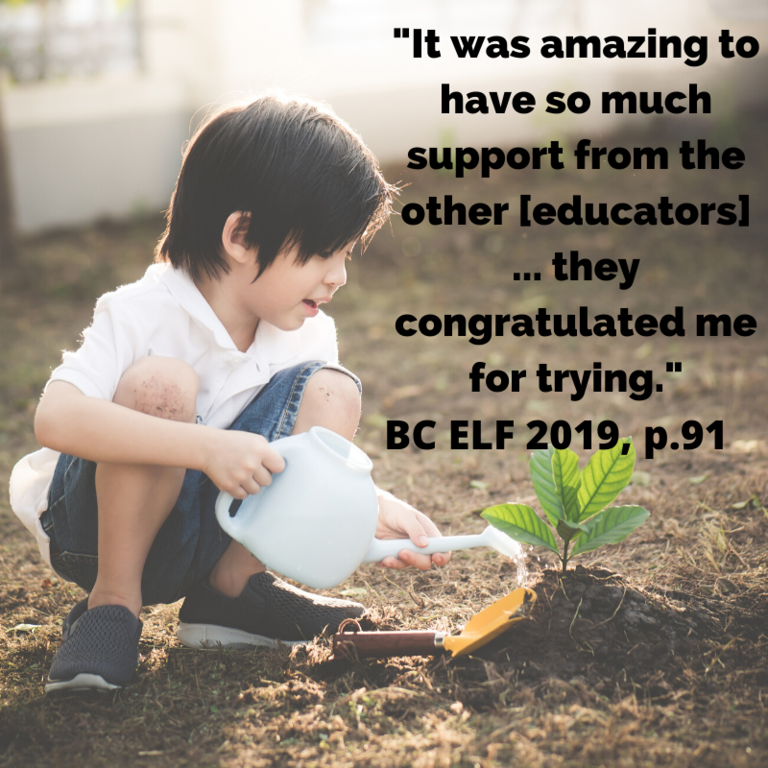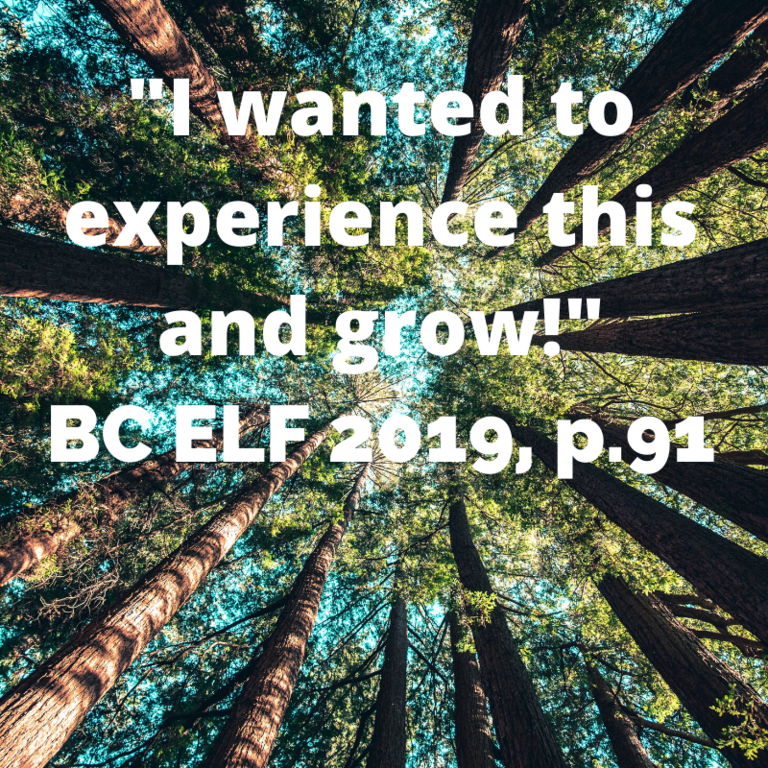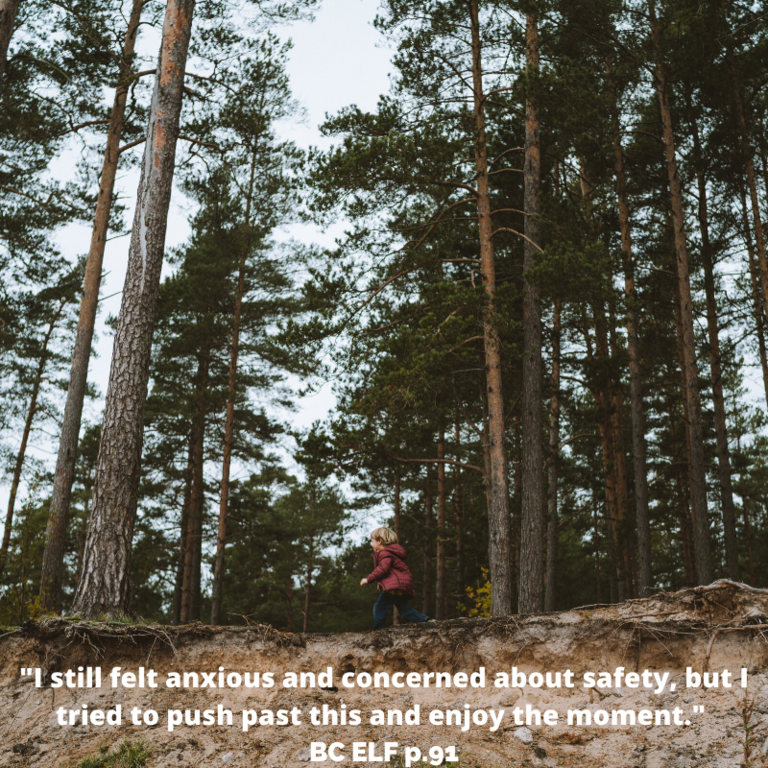What is Post-Modernism in Early Childhood Education?
What is Post Modernism and Social Construct Theory and Why is it Important in Understanding the Early Learning Framework (2019)?
The revised Early Learning Framework (2019) is written with a postmodern lens on educational practices. To better understand the complexity of the ELF (2019) please consider the following metaphor as I explain post modern theory, social construct theory and how understanding these concepts might help educators explore the ELF (2019) in more depth.
For your reference, modernism refers to the theory of thinking that emerged in an era of enlightenment after the Second World War. During the enlightenment era there was a need for certainty in tests, answers and evidence to produce comfort in truths that became dominant ways of thinking. Post modernism refers to the time period we are in now, in which dominant truths are being questioned. The post modern way of thinking suggests that theories are socially constructed therefore, what we already know is not universally true and that there maybe multiple truths that exist.
According to the ELF (2019) theories which are deeply embedded into educator practices - such as developmental theories - emerged from social and political context (p. 11). When I think about post modernism as being plural, I imagine a tree that has grown within a social, political, time and place. As you imagine this tree, imagine social construct theory as that part of the tree where all the branches emerge.
In the belief that social construct theory explains how theories and truths are created, imagine branches to take off in any way, any direction with the potential to grow as far as possible. Educators are freed from confined thinking and are able to move toward a plural way of seeing and being that might not be imagined yet. Critically thinking educators nurture the branches to grow in uncertain ways and can thrive in its complexity.
In this image, there are many ‘branches of theories’ such as feminist theory, cultural theory, and decolonizing theory entangled in an ‘all world relational perspective’ (ELF, 2019, p. 15). If the educator viewing the tree understands post modern and social construct theory they may see unlimited possibilities.
In a recent personal conversation, an educator named Tana Woodward added to this metaphor by offering the idea that the leaves might represent blossoming possibilities in practice. ‘Leaves of practice’ that grow, change, fall and regrow with each season and have more potential to grow as the tree is given potential to grow.
In a different scenario, another educator could view the theory tree with a modernist lens. The branches look too far out and too wild. There are too many leaves and they make a mess. To bring comfort and security to a modernist thinking educator, they prune the tree. The modernist educator will see what they want to see, possibly simplify constructs such as gender, race, and truths about educational practice to have certainty in answers of what they already know.
How educators view the theory tree is based on what lens they use. The lens the educator chooses is based on how they make meaning of the world. Making meaning will be different for each person based on their group and individual values and biases. In the hopes of expanding beyond current practices, educators must think critically about what they think they know and what is possible in the unknown, using a post modern lens.
In the ELF 2019 starting on page 91, Shannon Mcdaniel shares her transformation and development in her thinking from modern (with certainty) to post modern thinking (full of complexity) as she questions her current practice and becomes more comfortable with tensions in the unknown. Through her growth in thinking, she develops her practice. Shannon states "the educator I once was would have never have allowed bare feet in mud. I have become more willing to take risks and explore practices and ideas. (McDaniel, 2017, p. 22)" (ELF, 2019, p. 92).



The thought that an educator might need to stop pruning their tree and start allowing the ‘branches of theories’ and ‘leaves of practice’ to grow beyond their comfort zone can be scary but with gentle nurturing through professional development, collaborative dialogue, critical thinking and time it can happen.
Ana Valle Rivera
Author Bio: Raised in a large and lively family in East Vancouver BC, Ana knew her life's purpose was working with children. She began working in the childcare field in 2007. Since earning a Diploma in ECE, Special Needs and IT Education (2010), she has worked with children of all ages with different developmental needs in various childcare settings. Ana is currently completing a degree in Child and Youth Care with Specializations in Early Years and Indigenous Studies. Ana is a parent and a children's book author. Ana works as an entrepreneur and is the owner and founder of Early Years Workshops and Training. Ana has made it her mission to share her passion and knowledge of Early Years through creating and facilitating her own workshops and writings.
Critical Reflection and a Pedagogy of Listening
In the example from the article, Shannon is curious about exploring the forest in different ways and opening herself up to something new. Her curiosity led her to:
- Consider images of the educator: what is her role in the forest?
- Consider images of the child: what can children do in the forest?
- Critically reflect both alone and with children and colleagues.
- Make pedagogical choices to extend her thinking and the children's thinking.
Curioisty provoked Shannon to try something, to think, to respond, to engage in difficult dialogue with colleagues, to experiment with pedagogy, to challenge her assumptions.
This work forms the basis of pedagogical narration. To document the learning, Shannon could collect traces including:
- Written field notes
- Digital audio-recordings
- Photographs
- Video clips
- Materials created by the children such as drawings, paintings, constructions.
(All extracted from the BC ELF 2019, p. 93).
